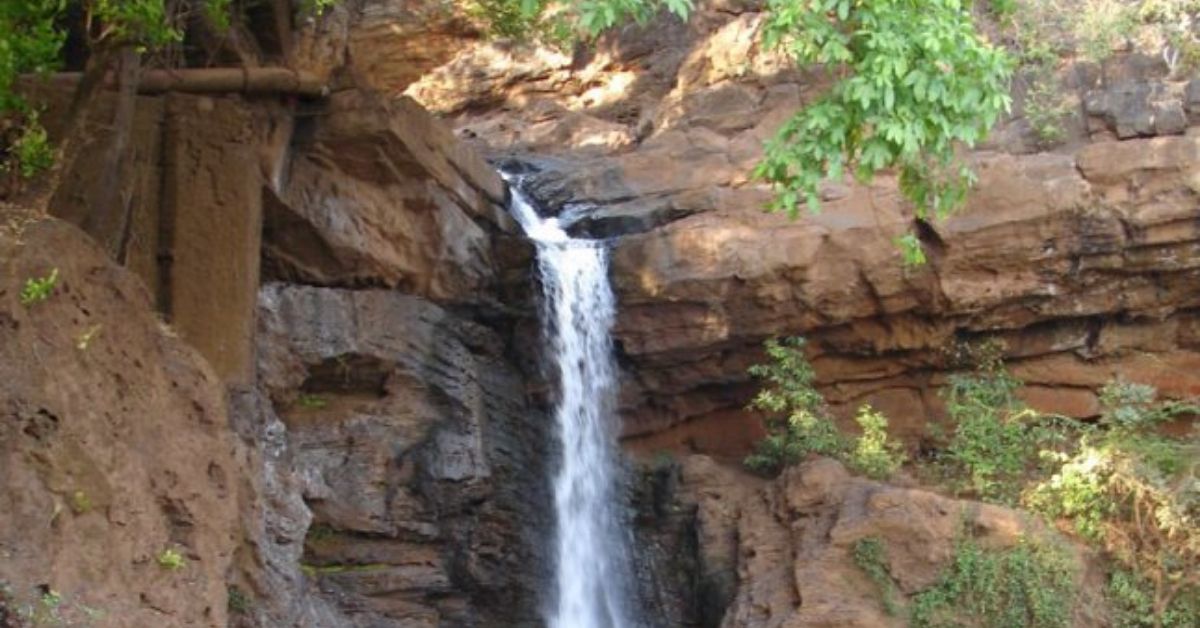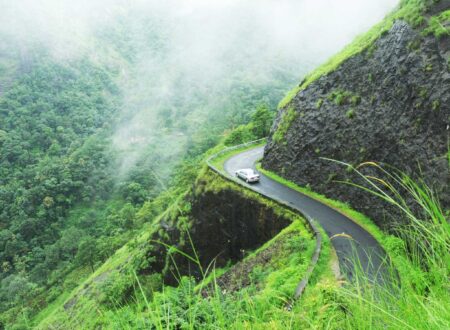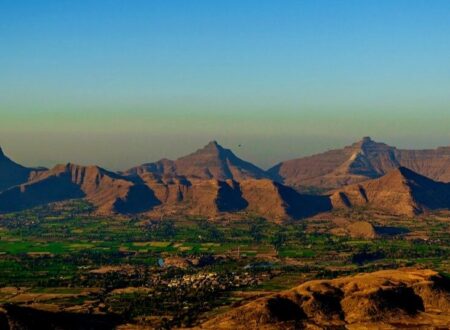There is a famous saying about Goa that when life hits you with boredom, head towards Goa. Whether it’s for entertainment, enjoyment or exploration, Goa has something for everyone. Endowed with rich history, beautiful beaches and idyllic landscapes, you can go to Goa and come back a wiser and refreshed person. In this blog, we will be travelling back in time to explore the hidden secrets of Arvalem Caves in Goa.
What are the Arvalem Caves?

Interestingly, the word ‘Arvalem’ has its roots in Latin which means cultivated field. Whether the caves have anything to do with Latin origins remains a mystery and an improbability. Arvalem caves are also known as Pandavas history, and therefore are called Pandavas Caves. This name owes its origin to the fact that the Pandava Brothers, from the Indian epic Mahabharata, (Yudhishthira, Bhima, Arjun, Nakula, Sahdeva) stayed in these caves during their exile.
Suggested Read: Indian heritage sites: The ancient treasures of India
Where are they located?
Once you reach Goa, you will need to go to Bichalim District where the Arvalem Falls are located. It is about 31 km away from Panaji. Approx. 1.2 km away from the fall are the Arvalem Caves which you can easily reach by road.
What is the history behind Arvalem Caves?
This is where the interesting part starts. Goa was ruled by so many rulers before India’s independence. The origins of these caves are a little murky. Whether it was built by Buddhist monks or by the Pandavas or by the Shaivites (followers of Shiva), no one can be truly certain. These caves are just one of the many secrets of Goa.
Tired of beaches? Hike To These Untouched Valleys Of India
The Buddhist Connection
Between 4th & 6th century, under the Gupta Dynasty, Goa was deep into Buddhism and its populace was highly influenced by the rise of Buddhism at that time. Due to the favourable religious environment during that period, the Tibetan Buddhist Monks used to come to Goa and meditate in the Arvalem caves. It is a known fact that Buddhist Monks often used caves for their meditation, something which was started by Gautam Buddha himself, so it’s not a stretch of imagination to conclude that they wouldn’t have used the Arvalem caves as their centre of meditation.
The architecture of the Arvalem caves too has led many experts to assume that it must have been carved out by travelling Buddhist Monks out of a single laterite rock. This claim comes after observing countless other Buddhist caves that have similar architectural design. Although, this claim has not yet been verified.
The Brahmin Connection
During the 6th Century, Buddhism began to decline rapidly in India. Hinduism, especially Shaivism, began to take centre place. The Buddhist Monks evacuated their monastery in Arvalem caves and it was then used as a place of worship for Lord Shiva.
During initial explorations of the caves, lots of Shivalingas were unearthed. These Shivalingas were made of solid granite and were placed in every room within the cave. If you look closely at the Shiva Lingas, you will find Sanskrit inscriptions on them.
After the Portuguese invaded Goa in the 16th Century, the Arvalem Caves came under their control and from then, it was left empty.
A Treat For The Architecture Aficionados

What makes Arvalem Caves so appealing to the tourists and locals alike is its mysterious architecture. It doesn’t seem to correspond to one style of culture. The caves are formed out of a single laterite rock, reminiscent of Buddhist architecture.
On the other hand, the caves have 5 compartments (maybe one each for the Pandava Brothers?). Each compartment has a Shiva Linga installed in it. The bare walls, sans any carvings, resonate more with the Pandava history and Hindu style of architecture.
Out of these caves, people over the time have unearthed a Buddha statue (dating back to 4th Century), many Shiva lingas dating back to Bhoja period (11th Century). All of these artefacts are either still in the caves or in the Goa Museum.
Suggested Read: 10 Useful Travelling Tips for Those Who Wish to Visit Goa
When To Visit?
The caves are open for exploration at all times of the year. Nearby attractions are the famous Arvalem Waterfall and the Rudreshwar Temple
Timings
You can visit anytime between 9 am & 1 pm and then between 2 pm and 5 pm.
Conclusion:
If you’re still wondering why you should visit the Arvalem caves, let me give you a reason. What makes this cave so amazing is that no one can be sure who made it originally and for what purpose. Who knows? But once you’re there, you can feel the centuries of history seeped into its walls, standing erudite, silent, and observant.
I hope you enjoyed this blog, remember, if you do visit the Arvalem caves, ensure that you do not litter, make any graffiti on the walls, or desecrate its surroundings. Explore the secrets of Goa responsibly.
Follow India Chalk on Instagram for more amazing travel content. You can share your travel story with us. Reach out to us on email at contact[at]ndiachalk[dot]com. This blog is curated by India Chalk and written by Aishwarya Dikshit.






1 Comment